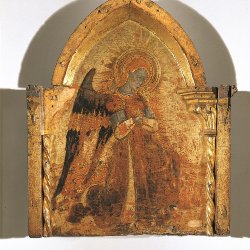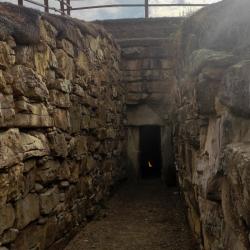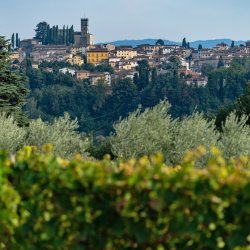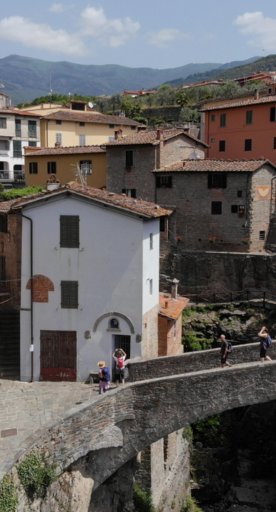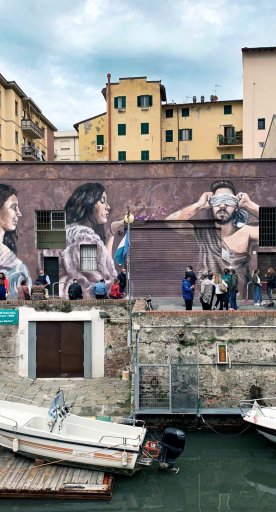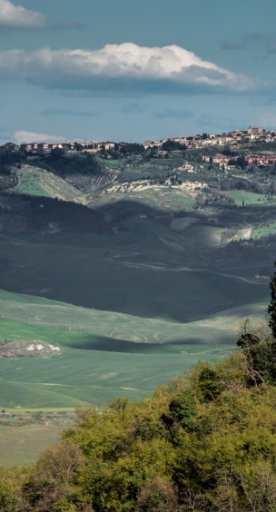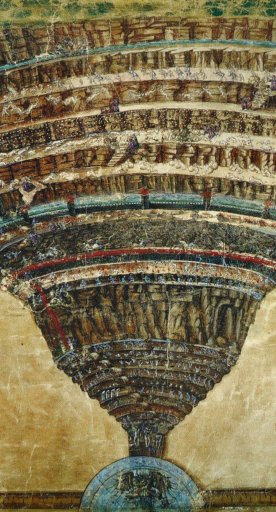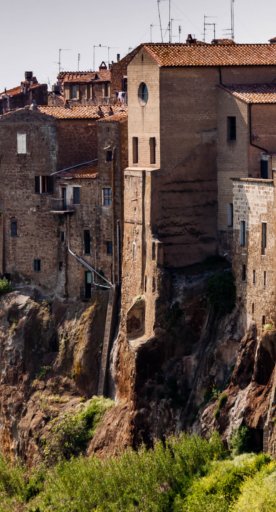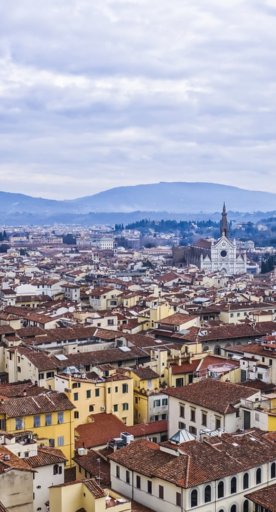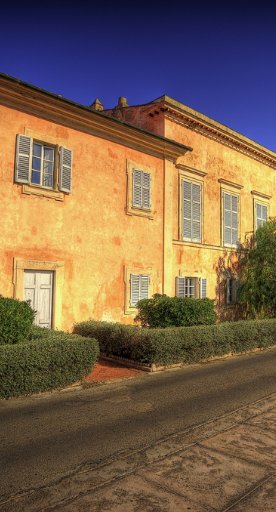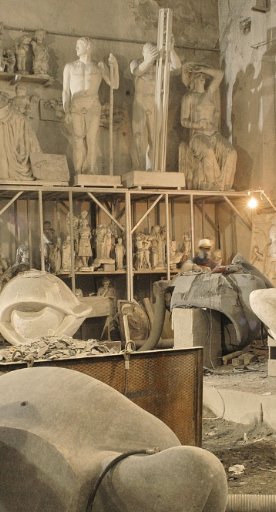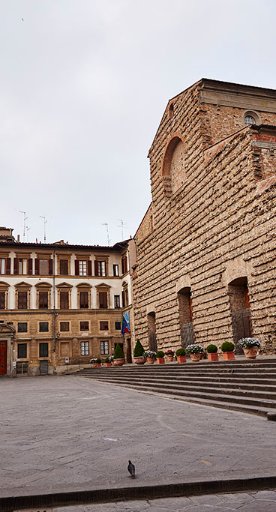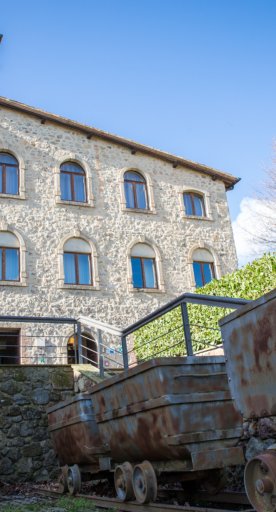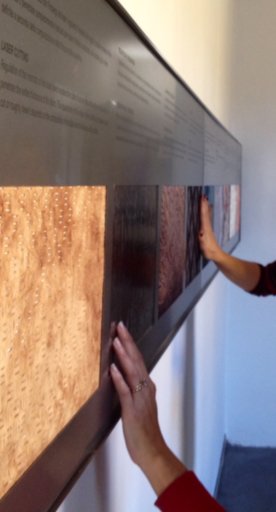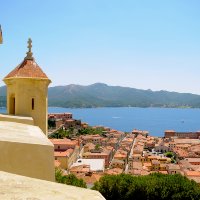
Journey to Lunigiana tracing the Malaspina
An idyllic journey through the villages of Lunigiana, exploring the noble Malaspina family, from crimes and revenge to forbidden love.
Lunigiana's thousand-year history has been intwined with the noble Malaspina family since the Middle Ages, beginning with the Marquis Oberto. For centuries, the Malaspina family ruled Lunigiana, leaving behind important traces of their presence with hundreds of castles, watchtowers and palaces that dot the hills and dominate the valleys at the foot of the Apennines and the Apuan Alps. The family crest, a dry or flowered thorn, can be seen in every village of this land.
-
1.The history of the coat of arms: Spino Secco or Spino Fiorito
-
2.The fiefs of Lunigiana, from atrocious crimes to impossible loves
-
3.Corrado Malaspina and Dante Alighieri
-
4.From Lunigiana to London...
The history of the coat of arms: Spino Secco or Spino Fiorito
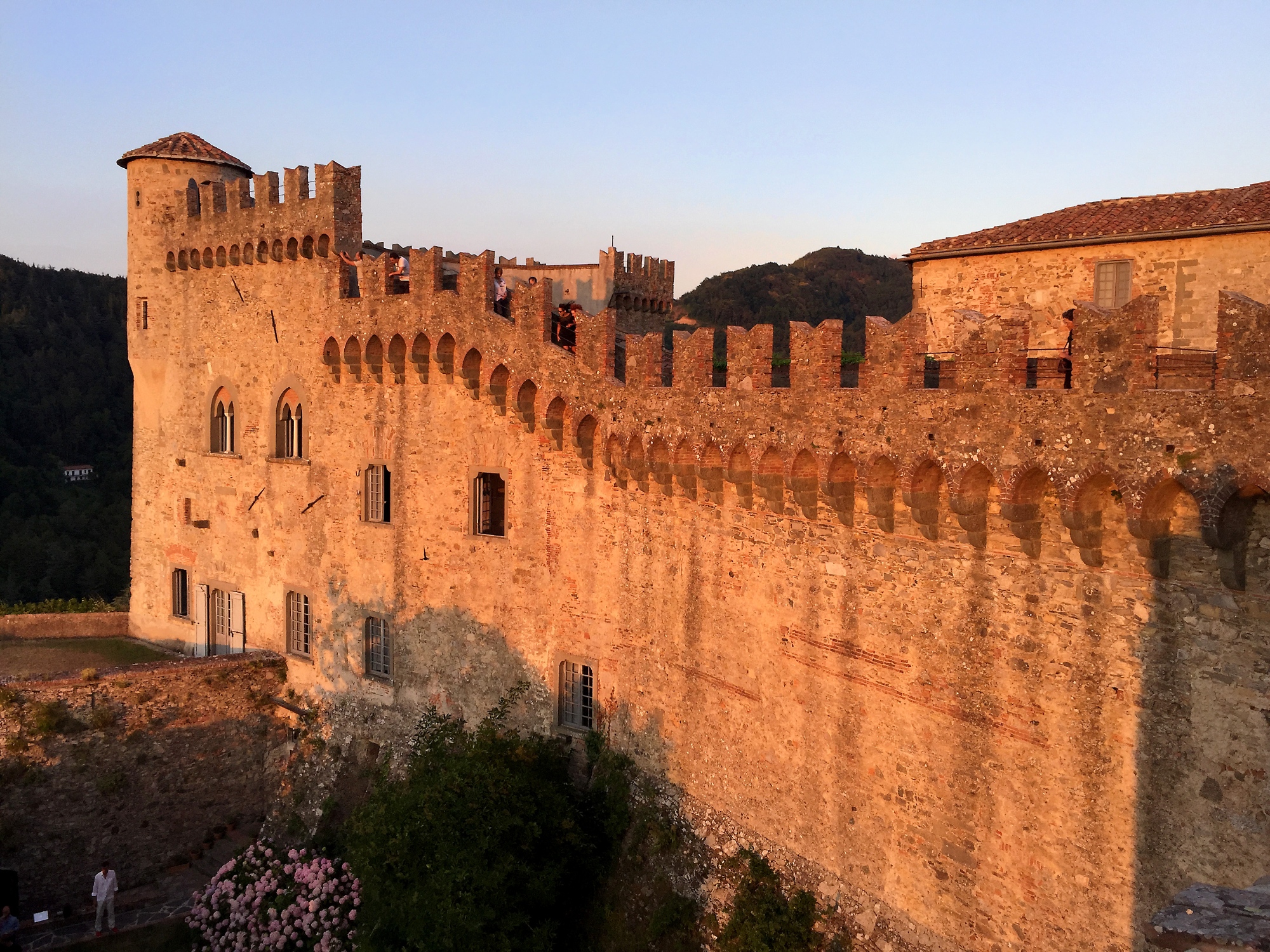
The year 1221 was of great significance both for the history of this family, and of the whole Lunigiana. As is customary in some noble families of Germanic lineage, the Malaspina use a system of inheritance deriving from Salic Law, which indicates the division of properties among all male heirs. For this reason, in 1221 the territories governed by the family were divided into two parts with the Magra river - the backbone of Lunigiana - as a border line. Everything to the left of the river was attributed to Obizzino, Marquis of Filattiera, except for Villafranca which was assigned, together with all the territories to the right of the river, to Corrado, Marquis of Mulazzo. The latter retained the Spino Secco (dry thorn) coat of arms, while Obizzino chooses the Spino Fiorito (flowering thorn) coat of arms.
The fiefs of Lunigiana, from atrocious crimes to impossible loves
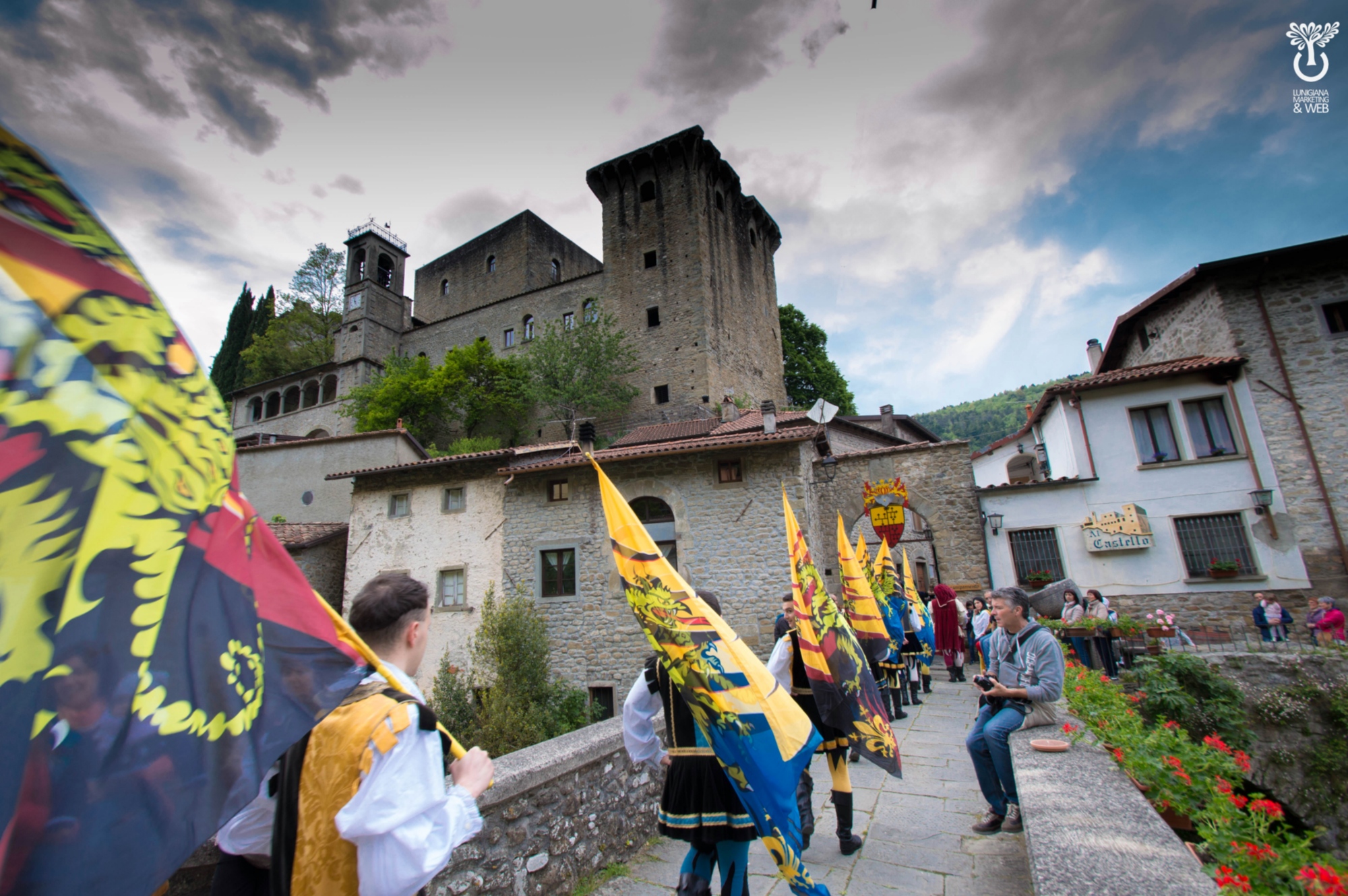
Tracing the intriguing events of the numerous marquises of the many small fiefdoms allows us to travel throughout Lunigiana. In Treschietto (Bagnone), we find "the Monster", the corrupt Giovan Gasparo Malaspina who used to throw his opponents from the cliff where the high circular tower sits. In Tresana, we find where Marquis Guglielmo was subjected to papal excommunication, accused of having falsified money. Bastia (Licciana Nardi) was the home of Marquise Annetta, a lady of the court in Parma and Paris and "bed rival" of Madame de Pompadour. In Fosdinovo, we have the romantic story of Princess Bianca Maria Aloisia, sentenced to die for her fairy tale of impossible love. Bloody episodes are linked to the Malaspinas, such as the massacre of the Castello della Verrucola in Fivizzano, in 1418. Conspirators sent by the marquises of the Castello dell'Aquila attacked the Verrucola and killed the elderly Marquis Niccolò and his family, the only ones to survive were the young Spinetta and Giovanna.
Corrado Malaspina and Dante Alighieri
The family is also linked to illustrious personalities, first of all the great poet Dante Alighieri who stayed in Lunigiana in 1306. On behalf of the Marquises of Mulazzo and Giovagallo, Dante stipulated the Peace of Castelnuovo with the Bishops Counts of Luni, on 6 October of that year. Dante himself tells us about his meeting with the Malaspina, writing wonderful words about the family:
“Such renown honors your house,
acclaims your lords and lands,
even one who has yet to journey there.
and so, I swear to you, may I complete my climb,
your honored house still claims the prize
the glory of the purse and of the sword.”
(Purgatory, VIII - 124-129)
Dante turns to Corrado Il Giovane, among the "negligent princes" found in the Antipurgatory, who asks him about the situation in the Val di Magra.
From Lunigiana to London...
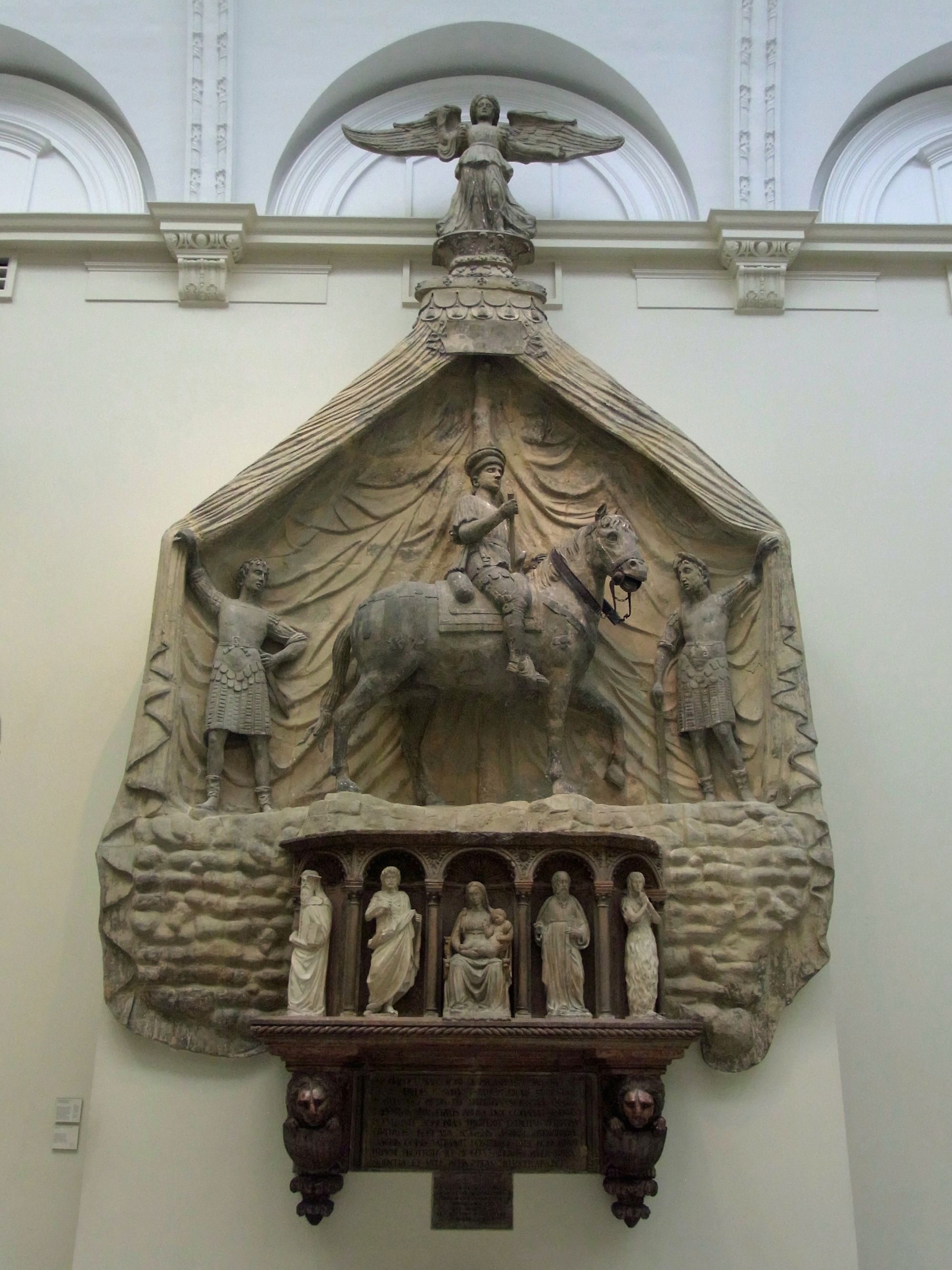
The journey in the footsteps of the Malaspinas can even take us to the Victoria and Albert Museum in London, where you can find the sepulchral monument of Spinetta called “Il Grande”. He was certainly one of the leading members of the lineage. Malaspina of the Spino Fiorito side, his political and military career took him to many cities in central and northern Italy such as Reggio nell'Emilia, Verona, Parma, Pisa. This would have been considered very travelled indeed, given the difficulty of moving in medieval times. In his will, he left important provisions for his burial as he wanted "an honorable casket of marble". This is not the equestrian monument seen the photo as this came later and was sought by his successors for celebratory purposes. The work, preserved in the Victoria and Albert Museum in London, came from Verona and is attributed to Piero di Niccolò Lamberti, Antonio da Firenze and Giovanni di Martino from Fiesole. The real burial place of the leader is still unknown today although it is thought to be inside the village of Verrucola in Fivizzano.
The Malaspina, therefore, are certainly a name that you will often hear repeated during your trip to Lunigiana!








